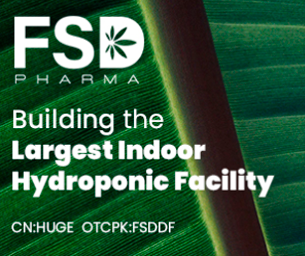U.S, March 16, 2020 (ANALYTICALCANNABIS) Any cannabis lab analyst that has a unique method for quantifying cannabinoids in edible chocolate has been invited to submit their technique to AOAC International.
The independent lab standards organization will then review the methods for AOAC’s first action official methods status. If approved, the technique could become an official AOAC reference method for cannabinoid quantification.
Eligibility
Any submitted methods must be able to identify and quantify individual cannabinoids in edible chocolate. The techniques must also meet AOAC’s existing standards for edible cannabinoid detection, as listed in 2017, so they can be reliably reproduced by trained analysts in accredited labs.
Founded in 1884, AOAC primarily develop globally accepted standards across a broad spectrum of industries. The organization recently expanded its remit into cannabis testing standards with the launch of its own cannabis analytical science program.
No deadline or fee is currently in place for method submissions, which are taken through this online form. Any submitter must provide their name and organization, as well as their method’s applicability, materials, reagents, and calculations.
If the method has been previously published, permission must be obtained from the appropriate parties.
Cannabis and chocolate
While chocolate cannabis products have been around for decades, their unique chemical matrices can still confuse analysts to this day.
Last August, researchers in California claimed that components in chocolate could be interfering with cannabis potency tests, which could mean thousands of cannabis-chocolate products across the US are inaccurately labelled.
After running their test, the analysts found that one gram of cannabis-infused chocolate showed higher levels of THC than two grams of material – an error that indicated the chocolate was disrupting the cannabis testing equipment.
“One gram gave higher values than two grams across the board,” David Dawson, a researcher at CW Analytical Laboratories, told Analytical Cannabis last August. “That is not what you expect. And that was with a commercially available chocolate bar. I got it off the shelf.”
In light of his findings, Dawson said that cannabis edibles still needed higher testing standards before they become more popular with consumers.
“I think this should be a microcosm of why we need to be investigating in the commercial sphere,” he said. “It’s really shocking for an industry to come from decades of black-market obscurity and then, in the period of two years essentially, have FDA-pharmaceutical-level testing requirements on products.”







